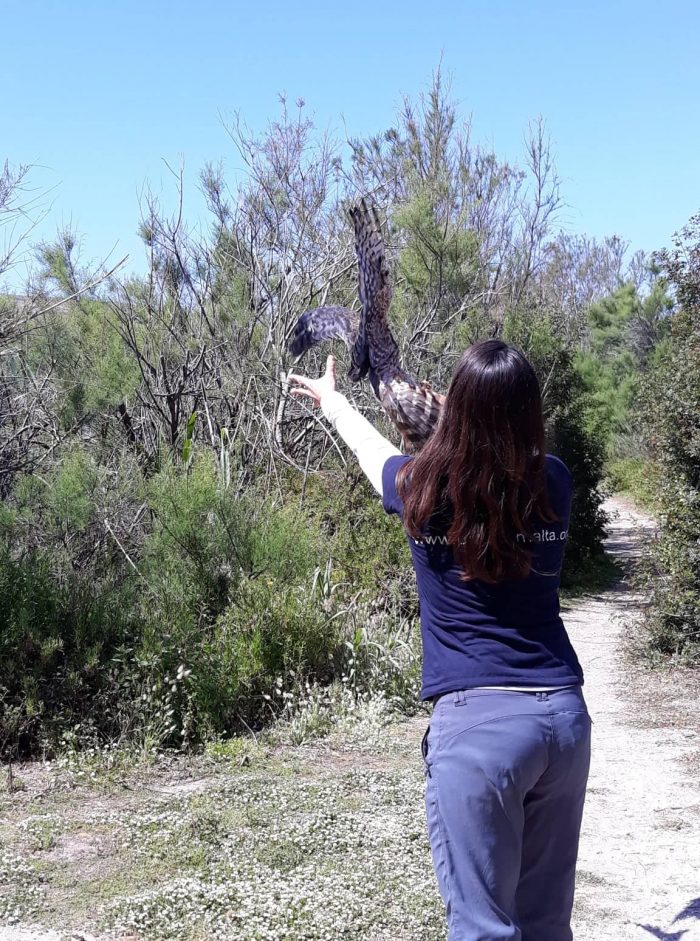This year’s spring hunting season opened between the 10th and 30th of April, which fell during the peak of Turtle Dove migration in spite of the fact that Common Quail was supposedly the only legally huntable species. BirdLife Malta held its annual Spring Watch monitoring camp as always; this year it was held between the 15th of April and the 4th of May. These dates were specifically chosen to coincide with the main arrival of Turtle Doves, so teams could monitor if the spring hunting derogation was being properly followed by the hunters, and properly enforced by government authorities.
Teams were out in the countryside for 20 consecutive days (morning and afternoon) looking for signs of illegal hunting and trapping, as well as monitoring bird migration. We were joined by numerous dedicated and diligent international volunteers, a few of which have been joining us to help with our work for many years. Our veteran volunteers are invaluable to our work, as over time they’ve built up a wealth of knowledge, which in turns helps any volunteers who are completely new to our camps. This year we had volunteers joining us from the United Kingdom, Denmark and the Netherlands.
Spring is always a great time of the year to get outside and enjoy the longer and warmer days, coupled with the welcome returning sight of migrants that use Malta as a much needed fuelling pit stop during their journey between Africa and their breeding grounds in Europe. Turtle Doves, European Bee-eaters, Yellow Wagtails, Golden Orioles, European Rollers, Eurasian Hoopoes, hirundines (Barn Swallow, Red-rumped Swallow, Sand Martin, House Martin), swifts, warblers, herons, and birds of prey were all seen during the camp.
One of the highlights of Spring Watch was on the 16th of April, when we released a female Montagu’s Harrier back into the wild. This bird was exhausted from its migration and was found stuck in a shaft in Valletta; luckily the bird was found and handed over to BirdLife, where we cared for her to build her strength up. She was ringed and released at Għadira, and flew off strongly.
Another highlight was on the 23rd of April; we managed to release a female Common Kestrel and a Eurasian Stone Curlew on Comino. The kestrel was found in March covered in oil, and after a few weeks of cleaning its feathers, she was fit for release. The Stone Curlew was shot and found at L-Aħrax, but after a fortnight in our care, we managed to get the bird back to good health again.
These three bird releases highlight the various threats that birds face during their lives, ranging from exhaustion during migration, to human-related causes such as oil pollution or illegal hunting. BirdLife Malta relies heavily on members of the public to report injured birds to us. Wherever possible we strive to rehabilitate birds so they’re fit to be released back into the wild again, giving them a second chance of survival.
Keep a look out on our social media pages for our videos highlighting the good bits, as well as the bad bits, that we encountered during the spring…and if you would like to support the work that we do, please consider volunteering some of your spare time to help birds, or perhaps become a member of BirdLife Malta. In the meantime here’s a short behind-the-scenes video summing up Spring Watch 2019!
By Alice Tribe, BirdLife Malta Conservation Officer and Spring Watch Coordinator


